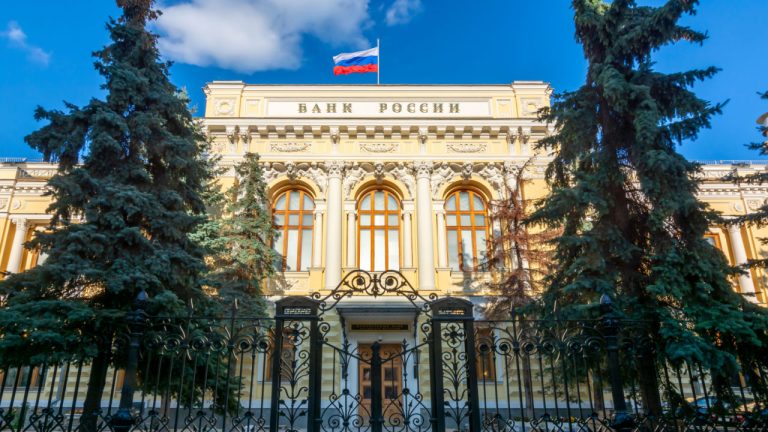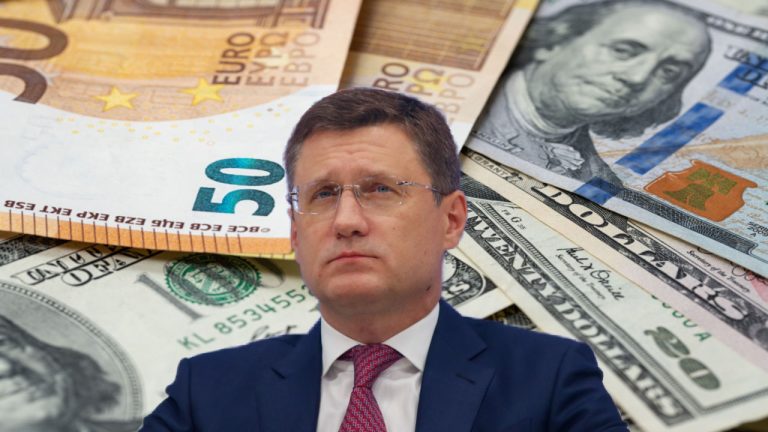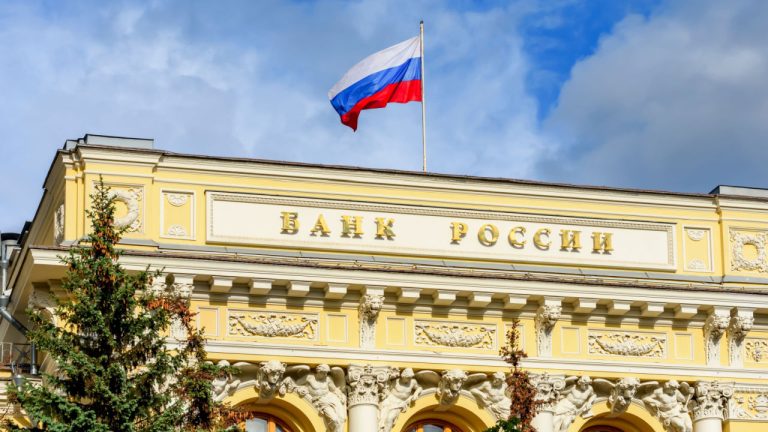
Russian citizens will not be forced to use the digital ruble, and use of the CBDC will be a voluntary choice for people to make, the governor of the Bank of Russia said.
Russia is moving forward with its central bank digital currency (CBDC) as President Vladimir Putin signed the digital ruble bill into law on July 24, according to an official government document.
With this approval, the digital ruble law is officially scheduled to take effect from Aug. 1, 2023, with all but one rule ready to be enforced.
Article number three — which includes amendments to several Russian federal laws, including those related to bankruptcy and inheritance — is expected to take effect from August 2024.
The new legislation officially empowers the Russian central bank to launch the first CBDC pilot with real consumers in August. Previously, the government expected to roll out trials in April in collaboration with 13 local banks, including heavyweights like Sberbank.
According to the newly signed law, Russia’s central bank will be the principal operator of the digital ruble infrastructure and will hold responsibility for all the stored assets. The digital ruble is designed to serve as a payment and money transfer method, and does not provide for investment purposes.
The digital ruble is expected to act as the third form of money alongside cash and non-cash rubles. Russian citizens will not be forced to use the CBDC, and the use of the digital ruble will be a voluntary choice left up to individuals to decide, Bank of Russia governor Elvira Nabiullina reportedly declared on July 24. She stated:
“No one is going to force anyone into the digital ruble [...] But we really hope that it will be more convenient and cheaper for both people and businesses, and they will start using it. This is a new opportunity.”
According to Bank of Russia deputy governor Olga Skorobogatova, the government doesn’t expect mass adoption of the digital ruble in Russia before 2025 or even 2027.
Related: Russian CBDC by 2025? What’s happening with the digital ruble
The news comes soon after Russia’s State Duma — the country’s lower house of parliament — passed the digital ruble bill in the third and final reading on July 11. The Federation Council subsequently approved the bill on July 19. According to official records, the digital ruble bill was initially registered in December 2022.

While quickly progressing with CBDC legislation, Russian lawmakers have continued to postpone the introduction of cryptocurrency regulation, following a series of delays in the past.
In May, State Duma official Anatoly Aksakov promised to pass four bills related to crypto mining, taxation and international settlement crypto. However, the bills do not seem to have progressed much since.
Magazine: Magazine: Tokenizing music royalties as NFTs could help the next Taylor Swift











